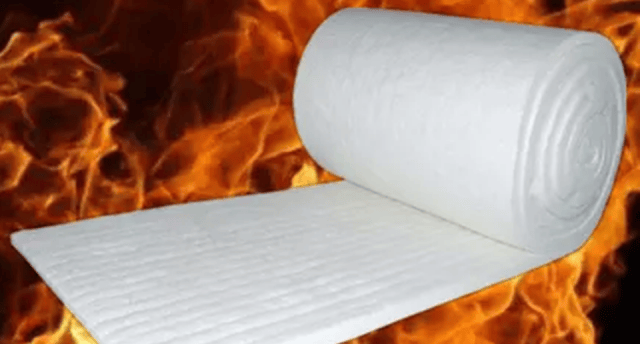The Art of Ceramic Wool: A Fusion of Tradition and Innovation
Blog post description.
3/11/20252 min read


In the world of modern craftsmanship, few materials embody the perfect blend of tradition and innovation as elegantly as ceramic wool. This remarkable material, known for its versatility and durability, has become a cornerstone in both industrial applications and artistic endeavors. Today, we delve into the fascinating world of ceramic wool, exploring its unique properties and the myriad ways it enhances our lives.
Ceramic wool, also referred to as refractory ceramic fiber, is a lightweight, insulating material made from high-purity alumina-silica. Its origins trace back to the mid-20th century, when the need for efficient thermal insulation in industrial settings spurred its development. Over the decades, ceramic wool has evolved, finding its way into diverse fields, from aerospace engineering to home décor.
One of the most striking features of ceramic wool is its exceptional thermal resistance. Capable of withstanding temperatures up to 2300°F (1260°C), it is an indispensable component in furnaces, kilns, and other high-temperature environments. Its ability to maintain structural integrity under extreme heat ensures safety and efficiency, making it a preferred choice for industries worldwide.
Beyond its industrial applications, ceramic wool has also carved a niche in the realm of art and design. Artists and craftsmen have embraced this material for its malleability and aesthetic appeal. When combined with traditional ceramic techniques, ceramic wool can be molded into intricate shapes, creating stunning sculptures and decorative pieces that captivate the eye. Its fibrous texture adds a unique dimension to artworks, blending the old-world charm of ceramics with a modern, avant-garde twist.
Moreover, ceramic wool is celebrated for its eco-friendly attributes. As a sustainable alternative to traditional insulation materials, it contributes to energy conservation by reducing heat loss in buildings and industrial processes. Its longevity and recyclability further underscore its role in promoting environmental sustainability.
In conclusion, ceramic wool stands as a testament to human ingenuity, seamlessly merging the past and the present. Whether in the fiery heart of a furnace or the delicate curves of a sculpture, this extraordinary material continues to inspire and innovate. As we look to the future, ceramic wool promises to remain a vital part of our journey, bridging the gap between tradition and modernity with unparalleled grace.
